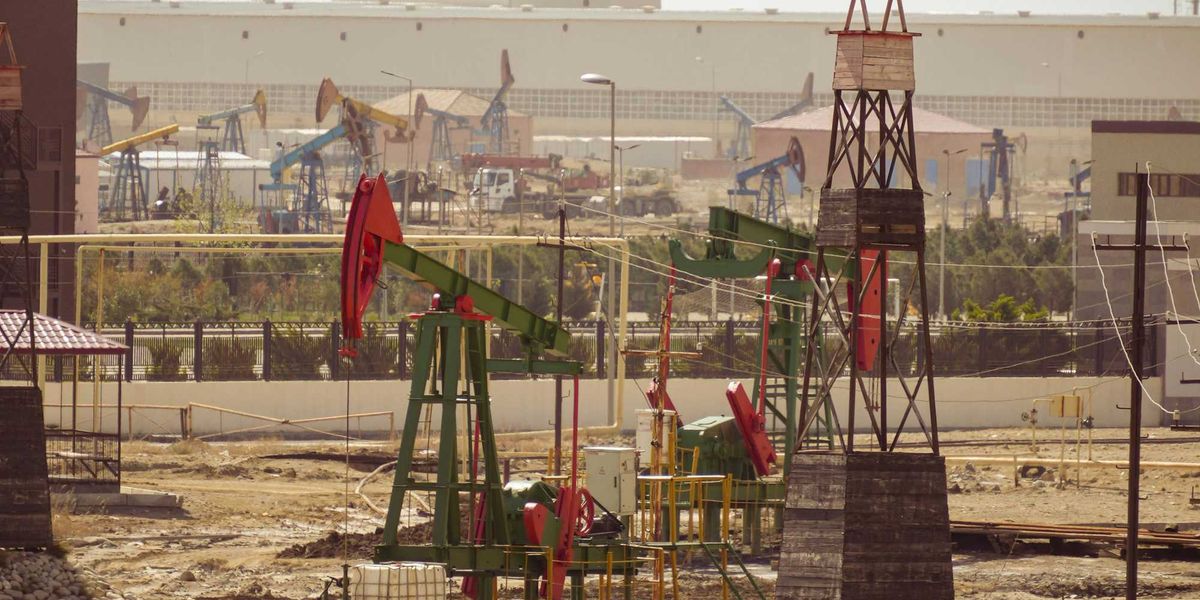Damaged EV batteries complicate wildfire recovery efforts
Los Angeles officials face challenges in wildfire recovery as damaged EV and storage batteries pose fire risks and release toxic gases.
Allyson Chiu reports for The Washington Post.
In short:
- Lithium-ion batteries in EVs and home storage systems can reignite or emit toxic fumes after wildfires, endangering cleanup crews.
- Specialized teams now handle these batteries by neutralizing and safely removing them to reduce risks.
- Experts emphasize that wildfire threats should not deter the transition to clean energy but call for better battery safety measures.
Key quote:
“Even after a fire has been extinguished, those batteries could be susceptible to reigniting.”
— Eliza Hotchkiss, director of the Energy Security and Resilience Center at the National Renewable Energy Laboratory
Why this matters:
The rapid adoption of electric vehicles and advancements in battery technology are pivotal steps in the transition away from fossil fuels. Yet as these technologies become more widespread, their unique risks are drawing attention, particularly in the context of fires. Lithium-ion batteries, the backbone of most EVs, are highly energy-dense and can become volatile under certain conditions. These hazards are especially concerning in a world increasingly shaped by climate-driven extremes.













